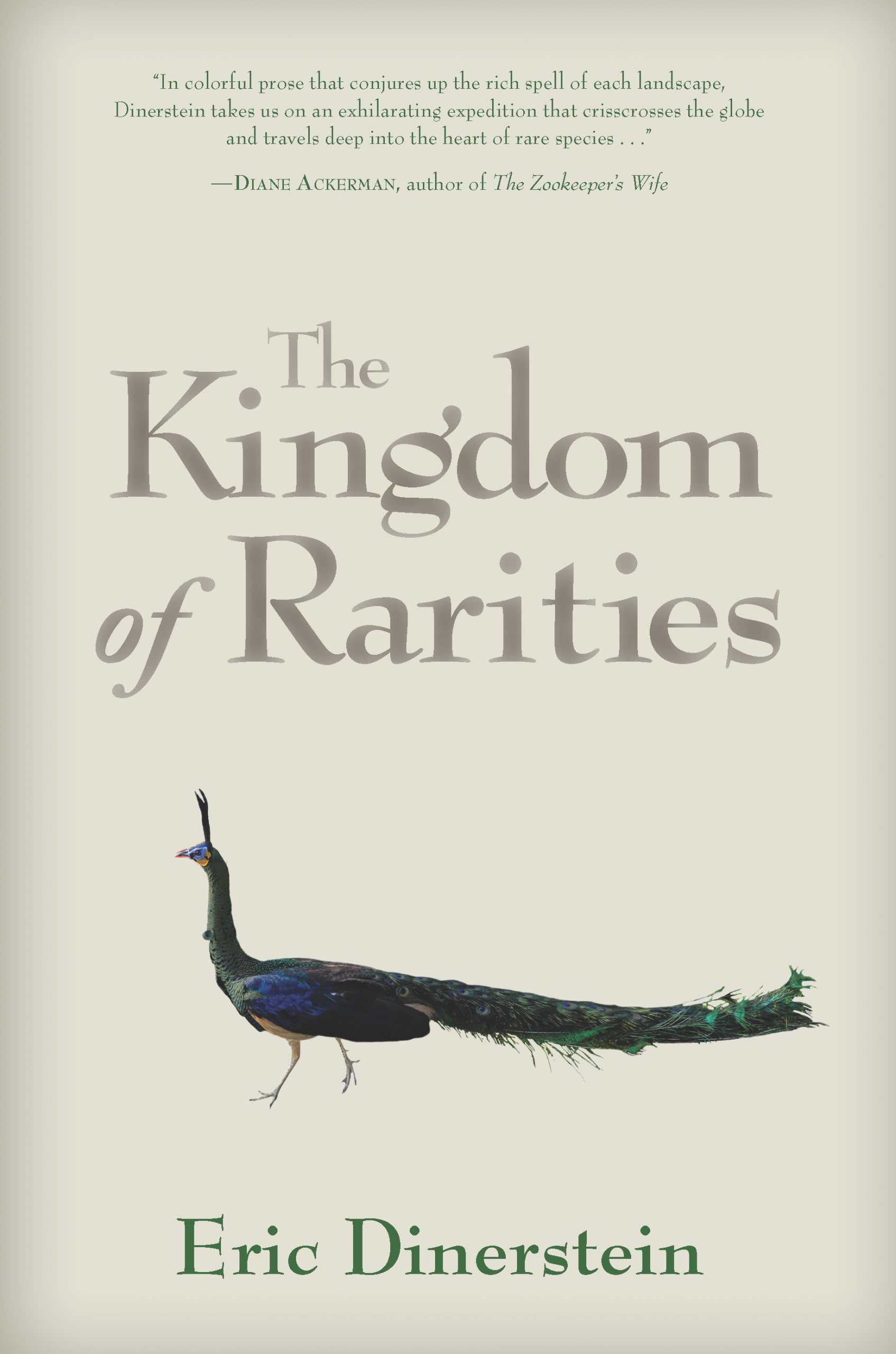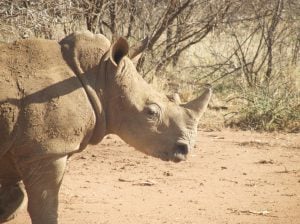The Kingdom of Rarities
By Eric Dinerstein
Island Press, 2013
As lead scientist for WWF, Eric Dinerstein has travelled the globe in his studies of biodiversity. The Kingdom of Rarities, his new book, focuses on the rarest of the planet’s 1.5 million named species to make a case for conservation. In a conversation with chinadialogue’s Corinne Purtill, Dinerstein explains why focusing on a few rare species could potentially save even more.
Corinne Purtill: How do you define rare?
Eric Dinerstein: What we mean by rarity for species is a species that has a narrow geographic range, or a small population. Let’s take the giant panda, which is restricted to a very small range in Sichuan province, in the Qinling or Minshan mountain regions in the western part. Then you have the Amur tiger, which now ranges in a broad area in the northeast in the Changbaishan region, along the border with Russia, but there are only about 20 individuals left.
Both of those species used to have quite broader ranges. They’re both examples of species that used to have wider ranges but were made rare by human activity.
CP: How are we seeing patterns of species extinction and proliferation change in an era of climate change?
ED: The poster species for this is the polar bear. It lives in the far north and it hunts seals and other marine mammals on pack ice. With the warming at the poles, that ice is melting dramatically. They probably won’t go extinct, but their numbers will shrink.
There are also endangered populations of sea turtles. With rising sea levels as a result of climate change, you’ll see a more difficult time for species that nest on the beach. Human activities are pushing right up against those places where they used to nest, and there’s no place higher to go.
One of the realities we’re seeing as a result of climate change are more severe storms, which are wiping out some bird habitats. To that you could add the acidification of the ocean and coral bleaching.
CP: Your first conservation work was in the Peace Corps in Nepal. Do you find different attitudes toward species conservation in places where people live more closely with nature than we do in the developed world?
ED: I’m sitting here looking at my window in Washington, D.C. and I’m only about a block from Rock Creek Park (a large wooded park in the city). Imagine if we still had tigers roaming this corridor. Yet in other countries, people have lived next to these large mammals for millennia and are quite willing to tolerate their presence as long as they’re not harming humans or damaging crops.
Our challenge as conservationists is to get the incentives right so that these species are worth more alive than dead. We’ve developed a number of programs with an eye on that goal.
CP: Tell us about your work in China?
ED: WWF has been involved with China from the beginning. We were involved from the early days in supporting the first field studies of wild pandas, and from that, creating new panda reserves.
More recently, we’ve been involved quite a bit on the restoration and recovery of the Amur tiger in the northeast. (They’re also called Siberian tigers, but that’s not an accurate name.) They used to be very common – or as common as a top predator would be. When the tigers cross the border from Russia into China, our goal in working with authorities there is to welcome them home – to remove snares, make sure there is prey, and give them the protection they need.
There’s no question the Chinese have emerged in the spotlight for the marvelous work they have done on the restoration of giant pandas. China has really taken it upon itself as a nation to say, ‘This is our global responsibility’. China could also become the leader in tiger restoration. The problem is, how do we rebuild the prey base? Remove all the snares, rebuild the natural prey base of forest deer and wild boar and elevate the Amur tiger to the level of the giant panda.
CP: Can you talk a bit about the state of biodiversity in China?
ED: If you were to rank countries in terms of biodiversity, in certain types of habitats China would rank number one. China’s temperate, broadleaf and conifer forests in Hunan and Sichuan are the richest forests of their kind in the world. Conserving those is an international responsibility, and it’s an international treasure.
The subtropical forests along the coasts were also at one point the most diverse of their kind in the world but so much of that has been cleared, since that’s where the major population centers are. The diversity of bamboo in Chinese forests is also not something you see in other forests.
CP: What can be done to get people invested in preserving the biodiversity of all species, not just the charismatic megafauna?
ED: People often point out that there are so many unnamed species out there – why don’t we spend more of our time trying to name those species that are undescribed by science? For large species, however, to have a healthy population you need a broad range, because they have low density. By meeting their conservation needs, you’ll meet the conservation needs of millions of other species that have narrow ranges or are undescribed.
If we base our conservation strategies among the widest-ranging species, we’d probably capture the greatest amount of biodiversity. They become umbrellas for other species.
CP: What are you trying to accomplish with your book?
ED: I’m trying to convey a sense of wonder for these places. When we go out into nature we see millions of years of evolutionary exuberance. We’re wiping out in a decade or two what took millions of years to be created, and that’s really a travesty.
In Bhutan, they’ve really combined conservation biology principles with their religion, and it’s merged into one. The conservation crisis is really a spiritual crisis. We need to find a better way to relate to other species on the planet than we have now. We love individual animals, but I think it will be the next marker for our culture when we transfer that love and care to whole species. We’re not there yet, but we’re making progress. I hope in some small way my book contributes to that way of thinking.




